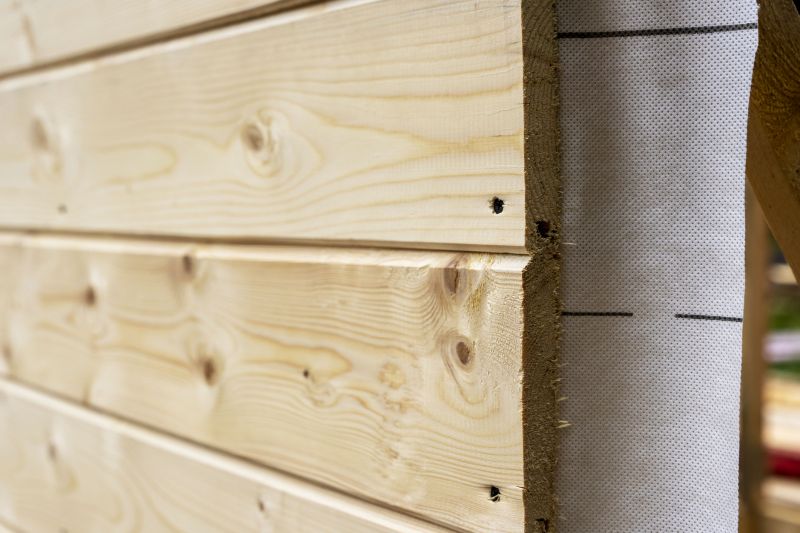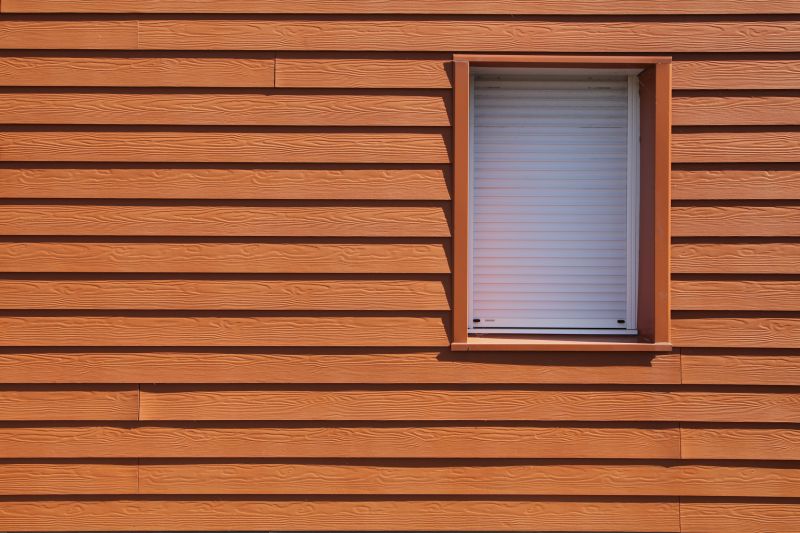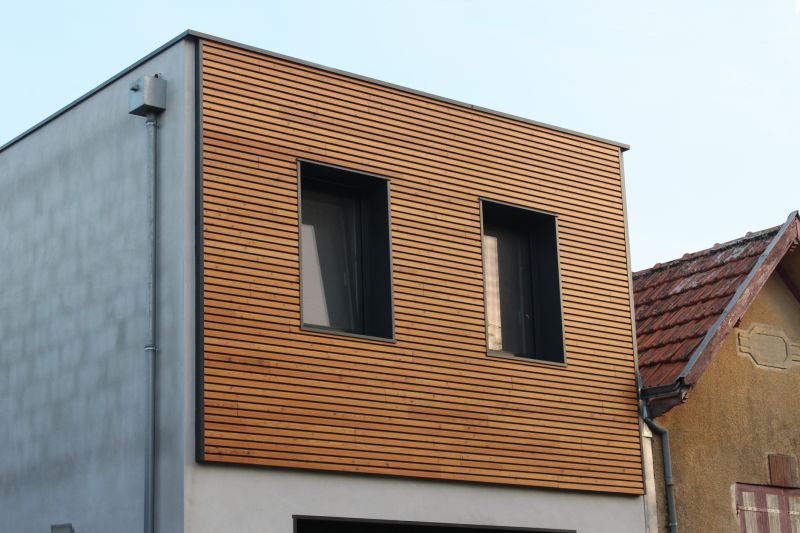Optimal Timing for Cladding Replacements
Cladding replacements are essential for maintaining the integrity and appearance of a building's exterior. The timing of these replacements can impact the longevity and effectiveness of the new cladding, as well as minimize disruptions to property use.
Optimal weather conditions, such as mild temperatures and low humidity, are ideal for cladding replacements to ensure proper installation and adhesion.
Spring and early fall often provide the best conditions, avoiding extreme cold or heat that can affect materials and installation processes.
Scheduling during periods of low occupancy reduces disruption and allows for efficient completion of work.
Timing may depend on the availability of specific cladding materials, which can be influenced by supply chain cycles.

Ways to make Cladding Replacements work in tight or awkward layouts.

Popular materials for Cladding Replacements and why they hold up over time.

Simple add-ons that improve Cladding Replacements without blowing the budget.
Cladding replacements involve removing existing exterior cladding and installing new materials to improve durability, insulation, and aesthetic appeal. Proper timing ensures the materials are installed under suitable conditions, reducing the risk of issues such as warping, cracking, or moisture infiltration. The process is often influenced by seasonal weather patterns, with mild conditions favoring better adhesion and curing of materials.
Statistics indicate that scheduling cladding replacements during optimal weather windows can extend the lifespan of the new cladding by several years. Additionally, avoiding extreme temperatures reduces the likelihood of installation defects and the need for future repairs. Proper timing also minimizes disruptions to building occupants and operations.

High-end options that actually feel worth it for Cladding Replacements.

Finishes and colors that play nicely with Cladding Replacements.

Little measurements that prevent headaches on Cladding Replacements day.

A 60-second routine that keeps Cladding Replacements looking new.
| Aspect | Optimal Timing |
|---|---|
| Temperature | Mild temperatures preferred for installation |
| Humidity | Low humidity levels reduce adhesion issues |
| Season | Spring and fall are ideal |
| Occupancy | Schedule during low occupancy periods |
| Material Supply | Align with supply chain cycles |
| Inspection Cycles | Coordinate with routine inspections |
Choosing the right time for cladding replacements can significantly enhance the durability and performance of the new exterior. Proper planning around seasonal weather patterns and building usage ensures a smooth installation process and long-lasting results. Consulting with experienced professionals can help determine the most suitable timing for specific project requirements.
